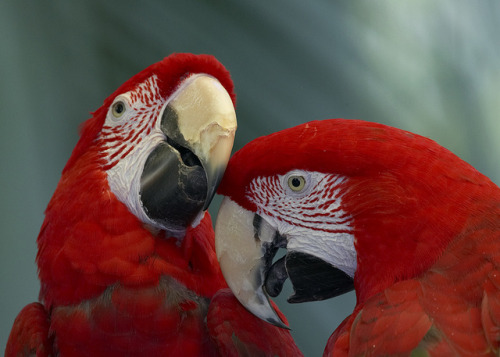
I have a different number of geese sleeping on the river behind my house each night. Are they different flocks migrating through or just birds flying back and forth. Why do they sleep on the water? ~ Lansing, MI One of the first signs of fall is the shifting flocks of Canada Geese migrating in a long, honking, irregular...
Category ›
Question of the week












